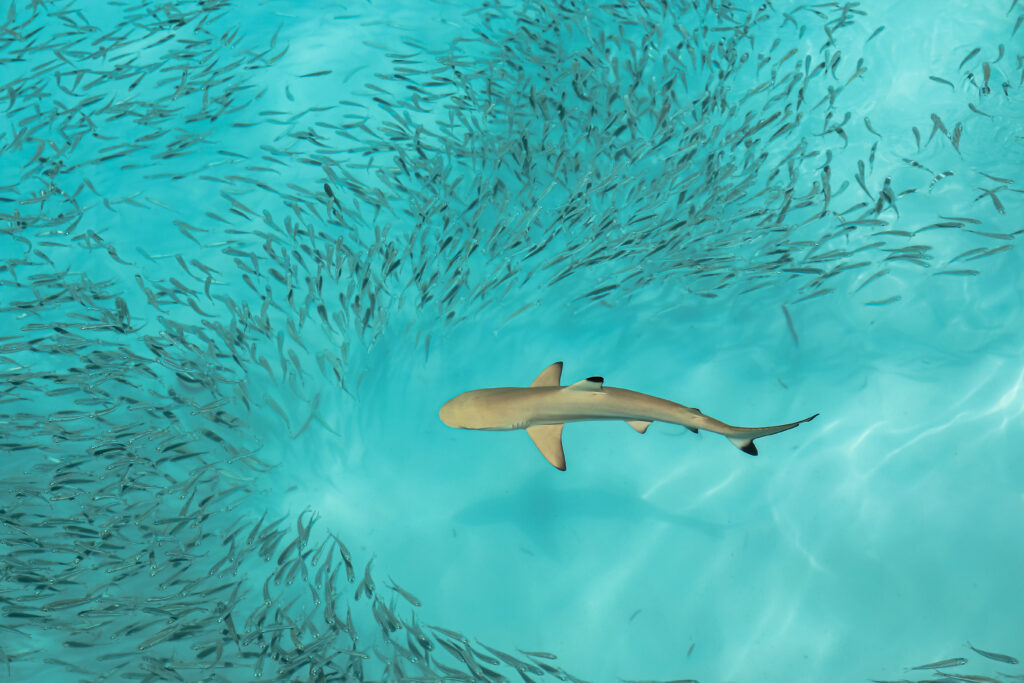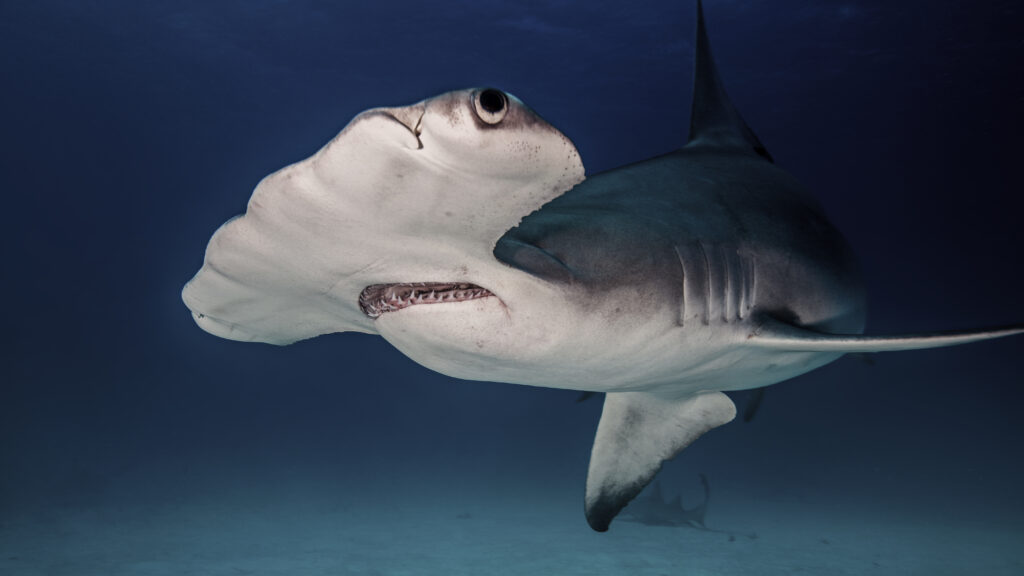Fun and Interesting Facts and Trivia about Chondrichthyes (Cartilaginous Fish)
Welcome to our page on fun facts about Chondrichthyes! Chondrichthyes, also known as cartilaginous fish, includes some of the world’s most fascinating and fearsome creatures. From the great white shark to the manta ray, these creatures are full of amazing and interesting facts that will leave you in awe. Join us as we explore some cool facts, trivia, and amazing facts about Chondrichthyes. #Chondrichthyes #cartilaginousfish #shark #sharks #ray #rays #skate #skates #mantaray #mantarays #Chimaera #stingray #stingrays
Check out our pages on specific Cartilaginous Fish:

Chondrichthyes are a class of fish that includes sharks, rays, and chimaeras.
Chondrichthyes have a cartilaginous skeleton, rather than a bony one like most other fish.
Sharks have been around for over 400 million years, making them some of the oldest creatures on earth.
Sharks have no bones, but instead have cartilage that makes up their skeleton.
Some species of sharks can swim at speeds of up to 60 miles per hour.
Sharks have multiple rows of teeth that are continually replaced throughout their lives.
The largest shark is the whale shark, which can grow up to 40 feet in length.
The smallest shark is the dwarf lanternshark, which is only about 8 inches long.
Some species of sharks can live for over 100 years.
Sharks have an exceptional sense of smell and can detect small amounts of scent in the water.
Sharks have a special organ called the ampullae of Lorenzini, which allows them to sense electrical fields.
Rays are closely related to sharks and also have a cartilaginous skeleton.
Stingrays have a venomous barb at the base of their tail for defense.
Manta rays can have a wingspan of up to 29 feet.
Chimaeras are also known as ghost sharks and are some of the oldest living creatures on earth. Chimaeras have a unique retractable penis on their forehead.
Greenland sharks are the longest living vertebrate, with some individuals estimated to be over 400 years old.
The largest ray is the manta ray, but the largest stingray is the short-tail stingray, which can grow up to 14 feet across. Many species of rays have a flattened body shape that allows them to blend in with the sandy ocean floor.
The skin of many species of sharks and rays is covered in small, tooth-like structures called dermal denticles.
Some species of sharks are oviparous, meaning they lay eggs, while others are viviparous, giving birth to live young.
Chondrichthyes play an important role in maintaining healthy ocean ecosystems, as they are top predators that help keep other populations in check.

